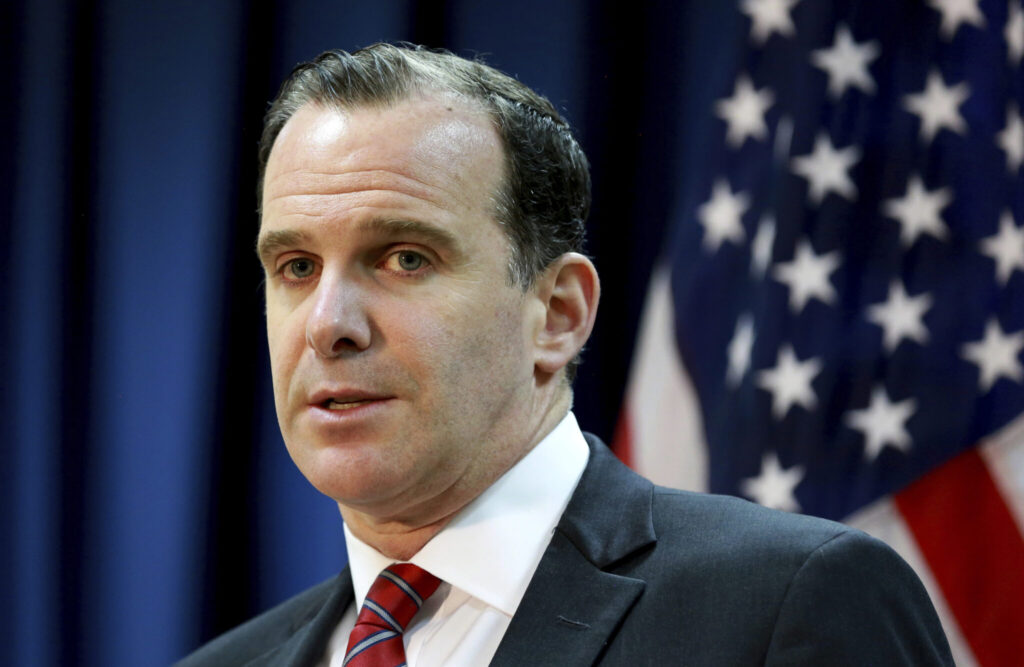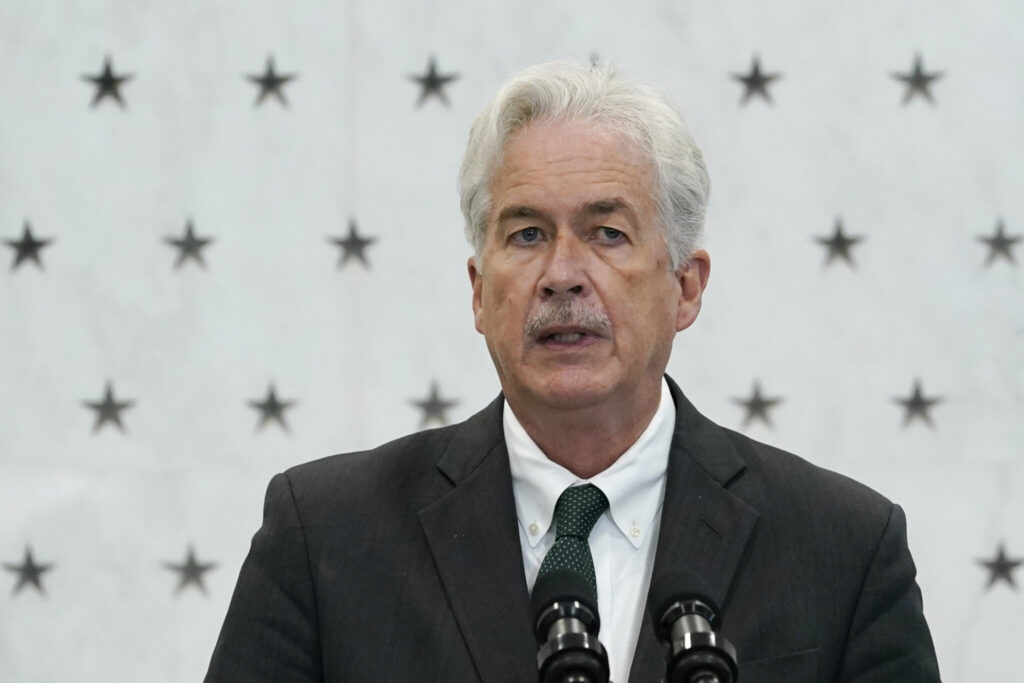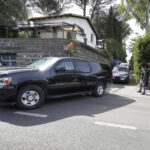Middle East cease-fire efforts/ Lebanon Gaza truce/ U.S. mediators Middle East/ Hezbollah Israel cease-fire/ Gaza hostage negotiations/ Newslooks/ BEIRUT/ J. Mansour/ Morning Edition/ The U.S. and other nations are intensifying diplomatic efforts to secure cease-fires in Lebanon and Gaza, with officials from the Biden administration meeting key leaders in the region. While mediators are proposing temporary truces and humanitarian aid, conflicting demands and ongoing violence complicate peace efforts.

Diplomatic Push for Middle East Cease-Fires: Quick Looks
- U.S. diplomatic visits: Senior White House officials and CIA Director Bill Burns are traveling to Israel and Egypt for peace talks.
- Lebanon cease-fire: A proposed two-month truce would involve an Israeli withdrawal and increased U.N. peacekeeping.
- Gaza truce proposal: A separate four-week cease-fire in Gaza includes potential hostage releases.
- Hezbollah’s stance: Hezbollah has stated it will only accept a cease-fire if it aligns with its terms.
- Challenges: Both Hamas and Israel are firm on conditions, leaving diplomatic efforts in a complex position.
U.S. Pushes for Cease-Fires in Gaza and Lebanon Amid Conflict
Deep Look
As conflicts escalate in Lebanon and Gaza, U.S. officials and international mediators are working on new diplomatic efforts to establish temporary cease-fires and ease tensions in the Middle East. With only a few months remaining in the Biden administration, senior officials are pushing for a resolution, traveling to meet with regional leaders to broker potential agreements.
Renewed Efforts for Cease-Fires in Lebanon and Gaza
White House officials Brett McGurk and Amos Hochstein, both of whom have significant experience in Middle Eastern diplomacy, are set to visit Israel on Thursday to discuss possible cease-fire options for Lebanon and Gaza, as well as the release of hostages held by Hamas. Additionally, CIA Director Bill Burns will travel to Egypt to discuss cease-fire conditions and hostages with Egyptian officials.
Lebanon: Cease-Fire with Conditions
In Lebanon, a proposal seeks to establish a two-month truce under which Israeli forces would pull back, and Hezbollah would reduce its armed presence near the Lebanese border. The plan calls for a reactivation of U.N. Security Council Resolution 1701, a framework initially agreed upon to end the 2006 Israel-Hezbollah conflict. Under this framework, U.N. peacekeepers and Lebanese forces would secure the area south of the Litani River, creating a buffer zone.
Yet, the path forward remains unclear. Hezbollah’s new leader, Naim Kassem, has publicly declared that Hezbollah will not accept a cease-fire unless Israel meets its terms. “If the Israelis decide to stop the aggression, we will accept under our own conditions,” Kassem stated in a televised speech.
Israeli officials, meanwhile, have not openly responded to the current proposal but are known to favor a buffer zone where they can operate to counter threats from Hezbollah. Lebanese officials are wary of any modifications to Resolution 1701 and demand a full Israeli withdrawal without Israeli military operations continuing in Lebanese territory.
Gaza: A Hostage Release Proposal Linked to Truce
The U.S., Egypt, and Qatar are also proposing a separate four-week cease-fire in Gaza, which would involve Hamas releasing between eight and ten hostages in exchange for a reduction in military activity. Israel’s response has been cautious, with Prime Minister Benjamin Netanyahu open to temporary truces if they involve hostage releases. However, Hamas maintains that it will not consider releasing all hostages or ending its conflict with Israel unless there is a comprehensive cease-fire and Israeli forces fully exit Gaza.
The hostilities began last October when Hamas launched a large-scale attack on Israel, killing 1,200 people and capturing 250. Israel’s retaliatory offensive has resulted in over 43,000 reported Palestinian casualties, many of whom are believed to be civilians.
A recent cease-fire proposal from Egypt’s President Abdel Fattah el-Sissi suggested a brief two-day truce for the release of four hostages, but Hamas has been reluctant to commit to partial solutions. An Egyptian official close to the negotiations acknowledged that, while Egypt is hopeful, current conditions make it difficult to secure a long-term agreement.
The Role of International Peacekeeping and Humanitarian Aid
In Beirut last week, Hochstein and Lebanese Parliament Speaker Nabih Berri discussed strategies to implement Resolution 1701. This plan could see an increase in U.N. peacekeepers from 10,000 to 15,000, with a similar boost in Lebanese troops stationed south of the Litani River. As proposed, U.N. forces would facilitate the withdrawal of both Hezbollah and Israeli forces from the conflict zone over a 60-day period.
The revised resolution aims to stabilize the border area, protect civilians, and curb Hezbollah’s rearmament. However, Israeli officials insist that any agreement must include safeguards preventing Hezbollah from rebuilding its military infrastructure, which could undermine the long-term stability of the region.
Skepticism on Both Sides
Given the complex political and military dynamics, many officials and analysts remain skeptical about a sustainable cease-fire. A Western diplomat in Cairo expressed doubts, emphasizing the challenges of meeting demands from multiple stakeholders, each with non-negotiable conditions. Both Hamas and Hezbollah’s insistence on specific terms complicates efforts, and internal pressures within Israel further limit Netanyahu’s flexibility in negotiations.
Path Forward
As diplomatic channels remain open, mediators are grappling with formidable obstacles, including deeply entrenched positions and a history of fragile truces in the region. The coming weeks will test whether international efforts, including increased U.N. peacekeeping and humanitarian aid, can forge a temporary peace amid ongoing hostilities. However, as diplomatic officials acknowledge, these initiatives face steep hurdles in securing a lasting solution, even with high-level engagement from U.S. and regional leaders.







